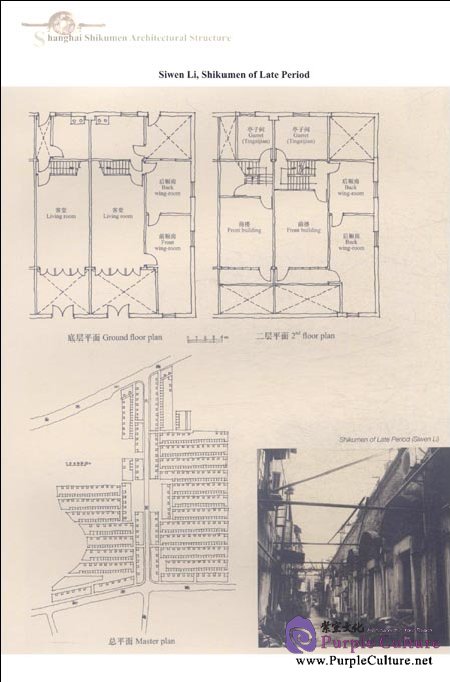Details
As a kind of residential building unique in Shanghai,Shikumen houses have been in existence for about 140 years sincethey first came into being in the middle of 19th century. Duringthat long period of time, millions of citizens in Shanghai as well as immigrants from others parts of the country have been carryingout their daily lives in Shikumen, to which they felt attached both physically and emotionally.
About the Author
Professor Ruan Yisan, Director of National Research Center of Historic City at Tongji University, is emeritus professor of Urban Planning at the College of Architecture and Urban Planning, Tongji University. He is also a member of the Urban Planning Expert Committee of the Ministry of Construction, the National Conservation Expert Committee of Historic Cities, and Vice Director of the Academic Committee of Historic Cities.
Professor Ruan Yisan has been working as a consultant for many historic cities such as Suzhou, Yangzhou, Hangzhou, Shaoxing, Pingyao, and Lijiang. He has made a major contribution to the education and research of urban development history and urban heritage conservation. He has helped safeguard many historic cities and towns from imprudent development and made them important heritage sites through conservation planning and practice, such as Pingyao, Zhouzhuang, Tongli, Luzhi, Nanxun, Wuzhen, and Xitang.
Under his supervision, the project of the Yangtze River Water Towns (including Zhouzhuang, Tongli, Luzhi, Nanxun, Wuzhen and Xitang) was granted the Award of Distinction by the UNESCO Asia-Pacific Heritage Awards for Culture Heritage Conservation in 2003. In 2005, Professor Ruan Yisan was awarded a Knight Metal of Art and Literature by the French Ministry of Culture.
Table of Contents
10 Shanghai Shikumen Architectural Structure
20 Overview
28 The Origin of Shikumen
36 Shikumen-A Combination of Chinese and Western Elements
46 The Evolution and Types of Shikumen Alleys
82 The Value and Architectural Characteristics
116 Decoration Art of Shikumen Houses
124 Shikumen Culture
154 Conservation and Renewal of Shikumen Alleys
186 The Distribution of Historical Shikumen Architecture
Sample Pages Preview

